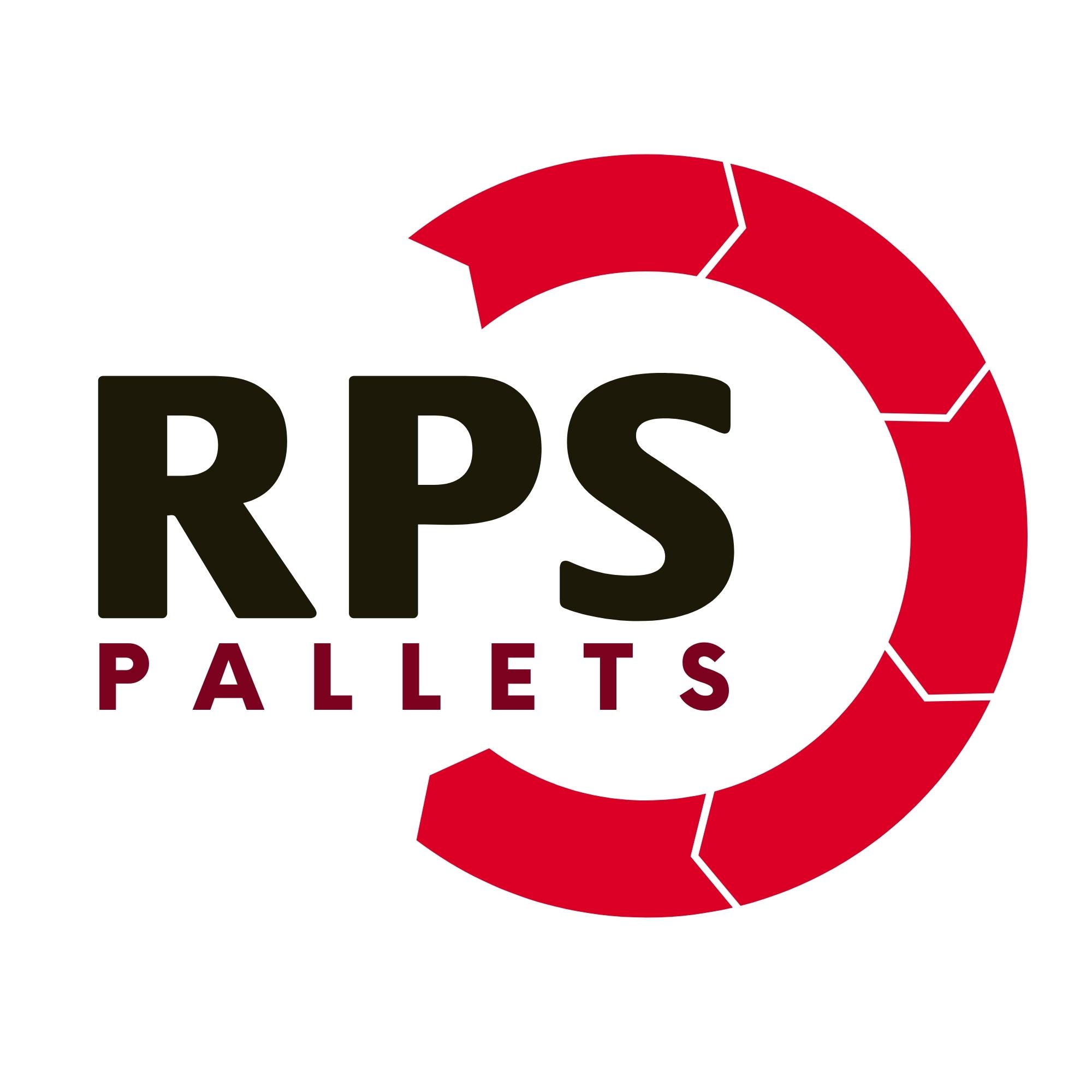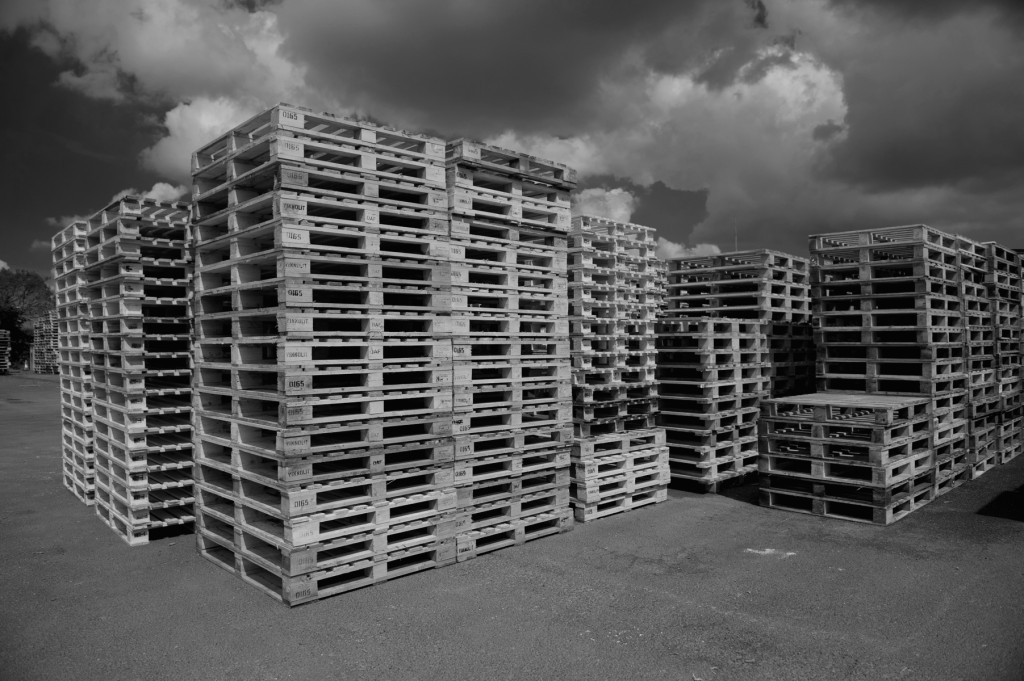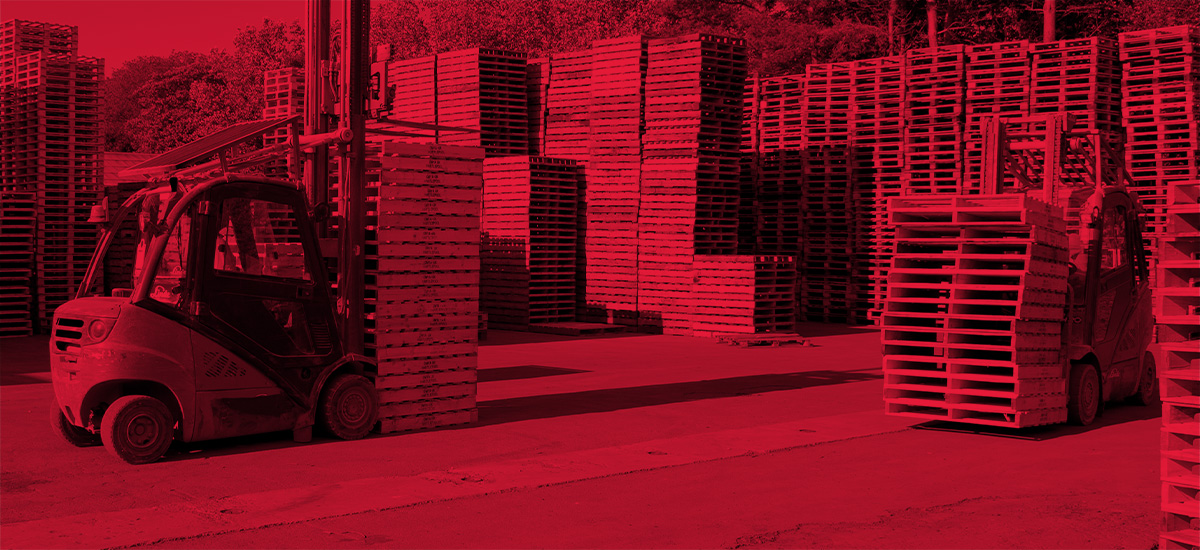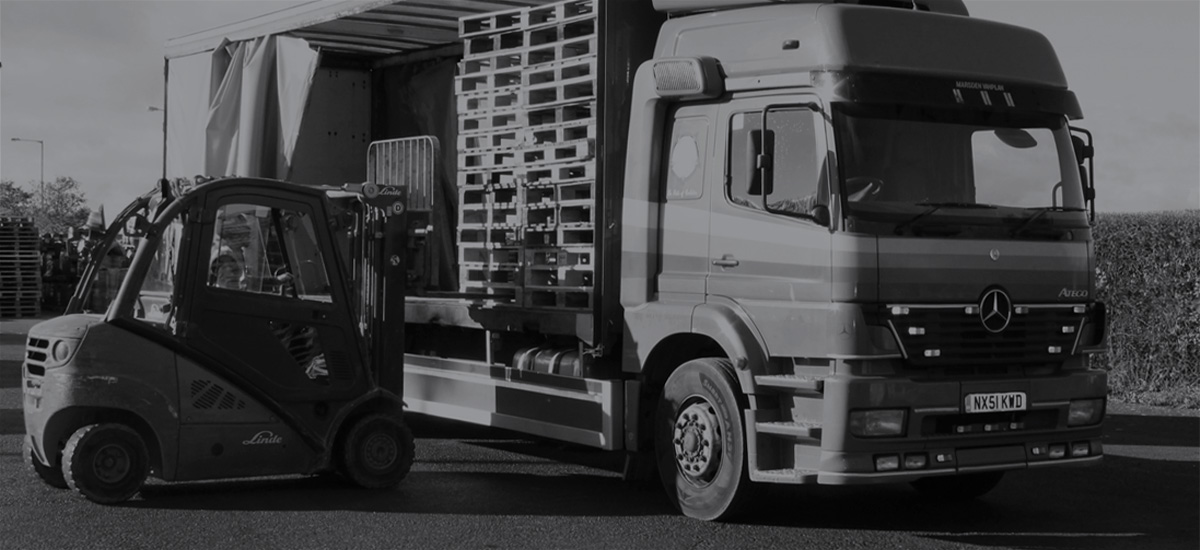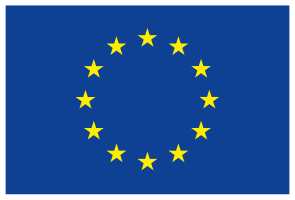Product design is set to be addressed by EU Environmental Commissioner Karmenu Vella as part of the new Circular Economy Package.
The European Commission promises to produce a new Circular Economy proposal during 2015 in the wake of the 2014 legislative proposal being withdrawn.
Vella suggested the former proposal was too focussed on the consumer aspect of the Circular Economy and a broader approach is necessary to capture all areas of our economy.
By introducing requirements and benchmarks on product design, the EU Waste Framework Directive can be more successfully put into action. Reuse could be developed and promoted to extend a products lifetime, and reuse focuses on a preferable option of the Waste Hierarchy which sits above recycling and disposal.
Vella explained: “We believe that it is possible to put a stronger focus on the production side, which extends beyond end-of-life waste management and starts at the product design”.
An example of this could be the reuse of packaging, including wooden pallets. Rather than building a lightweight pallet suitable for only one trip, a pallet could be manufactured more substantially giving the option to support reuse.
In addition to looking at product design, a February report by DEFRA suggested that by 2020 resource efficiency could generate in the region of £3.58bn for UK businesses. This would be generated from reduced waste costs by reusing resources that would otherwise be disposed of.
The report also advised that the waste and resource management sector makes a significant contribution to our economy. The sector looks for innovative solutions to create greater value from wastes. It was suggested a circular economy is achievable with many businesses becoming increasingly resource efficient.
RPS encourages reuse of packaging resources, therefore with a changing attitude towards waste, the collection and reuse of pallets and transit packaging can help generate economic and environmental benefits.
